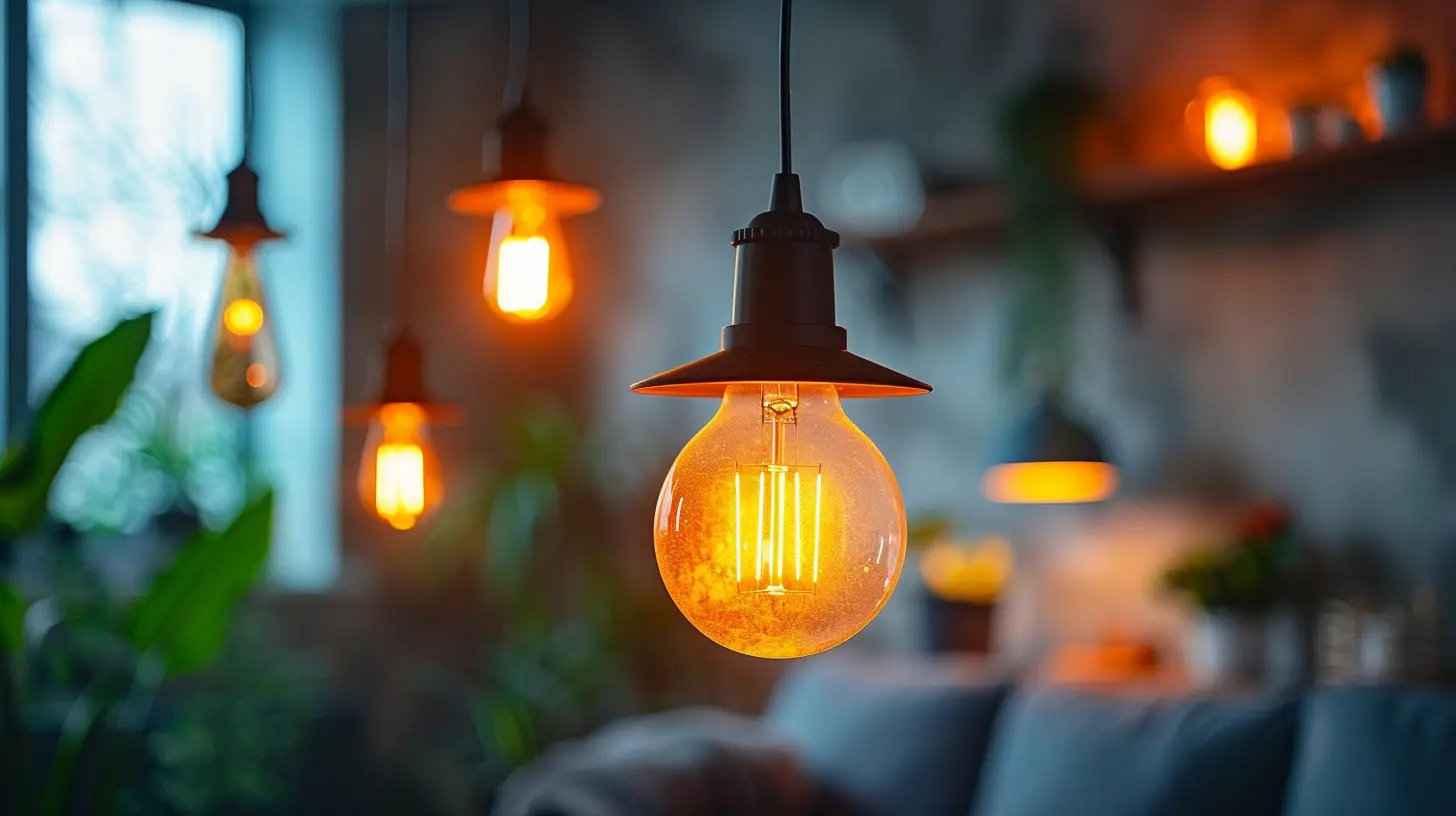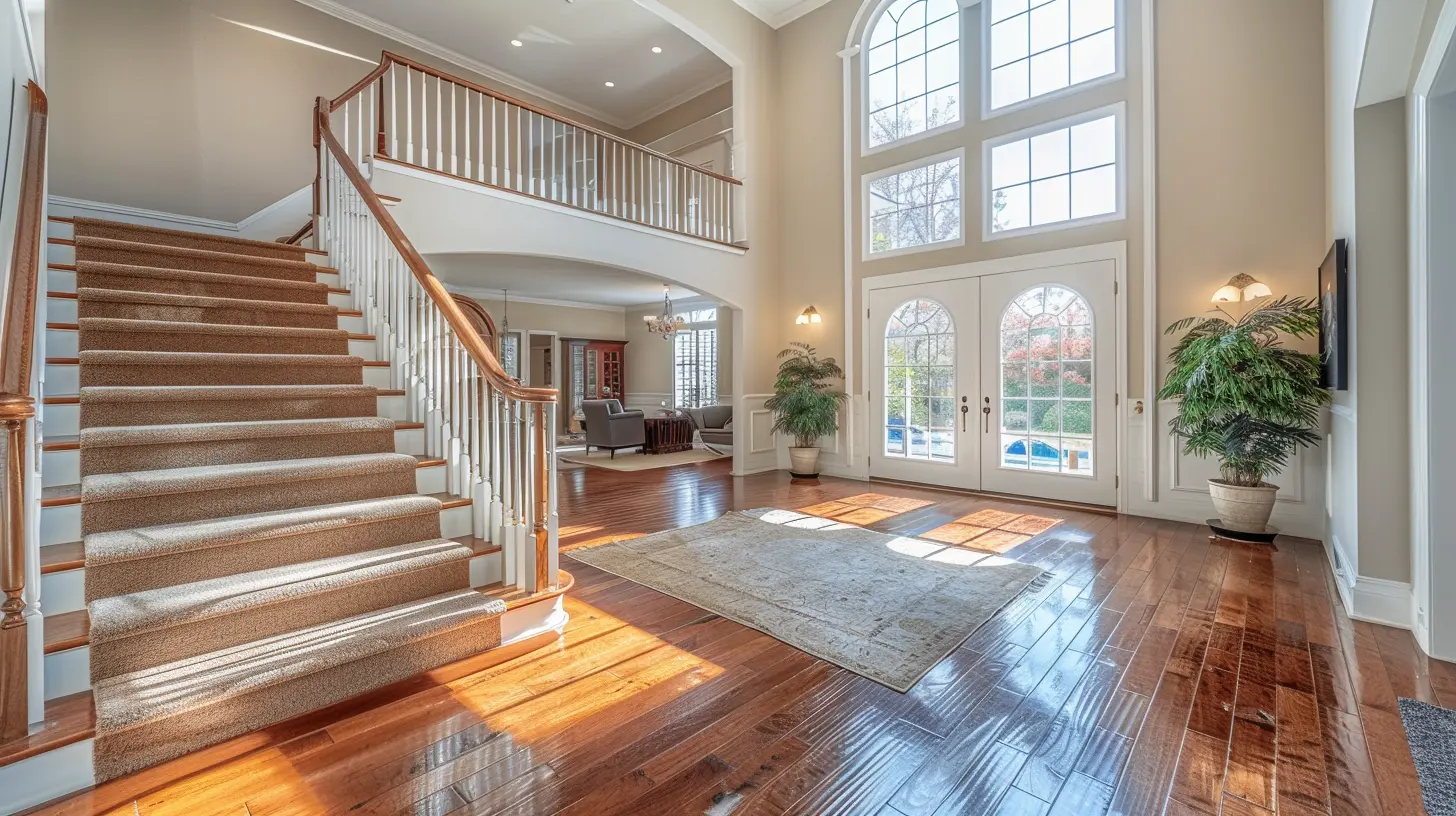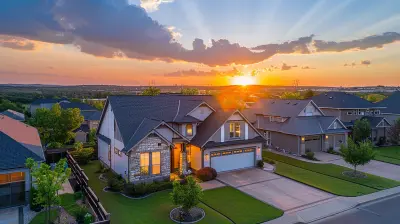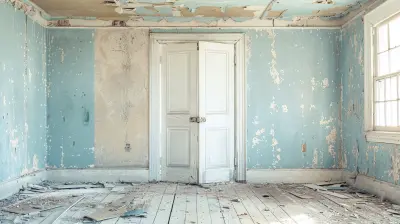Expert Tips for Perfect Lighting in Home Staging
12 August 2025
When it comes to selling a home, presentation is everything. Home staging helps potential buyers envision themselves living in the space, and one of the most crucial (yet often overlooked) elements of staging is lighting. The right lighting can make a space feel bigger, warmer, and more inviting—while poor lighting can do just the opposite.
So, how do you use lighting effectively to showcase a home in its best possible light? (Pun intended!) Let’s dive into some expert tips for achieving perfect lighting in home staging. 
Why Lighting Matters in Home Staging
Lighting plays a vital role in setting the right mood and highlighting a home's best features. A well-lit space feels open, welcoming, and cozy, while a dim or overly bright home can feel uninviting or even harsh.Buyers want to walk into a home and feel at ease instantly. If they have to squint in dim corners or shield their eyes from blinding bulbs, it can create an unpleasant experience. Instead, your goal is to strike the perfect balance—ensuring each room is bright, well-lit, and visually appealing. 
1. Maximize Natural Light
Nothing beats natural sunlight when it comes to home staging. It lends a fresh, airy feel to any space, making rooms appear larger and more welcoming. Here’s how to make the most of it:- Open All Curtains and Blinds – Let the sunlight flood in! Heavy drapes can block natural light, so swap them out for sheer curtains or remove them altogether.
- Clean Windows Thoroughly – Smudges and dirt reduce the amount of light coming in. A sparkling clean window allows more sunlight to brighten the room.
- Use Mirrors Strategically – Placing mirrors opposite windows reflects natural light throughout the room, instantly boosting brightness.
- Trim Exterior Foliage – If trees or bushes outside are blocking sunlight from reaching the windows, give them a little trim.
A naturally bright home feels open and airy, giving buyers a sense of warmth and comfort right from the start. 
2. Layer Your Lighting
Relying on a single overhead light won’t do the trick. The secret to perfect lighting is layering—combining different types of light sources to create warmth and depth.The three essential layers of lighting are:
Ambient Lighting (General Illumination)
This is the main source of light in a room. It includes ceiling fixtures, chandeliers, and recessed lighting. The goal is to provide even illumination throughout the space.Task Lighting (Functional Lighting)
Task lighting is designed for specific activities, such as reading or cooking. Examples include desk lamps, under-cabinet kitchen lights, and vanity lights in bathrooms. This ensures that spaces are not only well-lit but also practical.Accent Lighting (Decorative Lighting)
Accent lights add personality and help highlight architectural features or decor. Wall sconces, picture lights, and LED strip lighting are great options. They create visual interest and enhance the overall aesthetic of a room.When these three layers are combined, they create a balanced, stylish, and welcoming atmosphere—just what potential buyers love. 
3. Choose the Right Bulbs
Not all light bulbs are created equal. The type of bulbs you use can dramatically impact the ambiance of a room. Here are some things to consider:Color Temperature
Light bulbs come in different color temperatures, measured in Kelvins (K):- Warm White (2700K–3000K) – Cozy and inviting, ideal for living rooms, bedrooms, and dining areas.
- Cool White (3500K–4500K) – Bright and neutral, great for kitchens, bathrooms, and workspaces.
- Daylight (5000K–6500K) – Crisp and energizing, best for areas needing bright, clear lighting, like garages or laundry rooms.
For home staging, stick to warm or cool white to create a comfortable yet well-lit environment. Avoid harsh daylight bulbs, as they can make the space feel sterile.
Bulb Brightness (Lumens)
Brightness is measured in lumens, and a well-lit home requires the right balance:- Living rooms & bedrooms – 1,500–3,000 lumens
- Kitchens & bathrooms – 4,000–5,000 lumens
- Hallways & entryways – 1,200–2,500 lumens
Opt for LED bulbs—they’re not only energy-efficient but also offer long-lasting, high-quality lighting.
4. Highlight Key Areas with Lighting
Certain areas of a home can benefit from strategic lighting enhancements. Here’s how to make sure each space shines:Entryway
First impressions matter! A bright entryway sets the tone for the rest of the home. Consider a statement chandelier or stylish pendant lights to create a warm welcome.Living Room
Use floor lamps and table lamps to create cozy, inviting corners. A dimmable overhead fixture adds flexibility—buyers can imagine different moods for the space.Kitchen
Good lighting is critical in kitchens. Install under-cabinet lighting to illuminate countertops and use pendant lights over islands or breakfast bars for a stylish touch.Bathrooms
No one likes dim, shadowy bathrooms. Opt for bright vanity lighting on both sides of the mirror to provide even illumination—ideal for daily routines.Bedrooms
Soft lighting works best here. Bedside lamps or sconces add a touch of luxury while keeping the atmosphere relaxing.By ensuring these key areas are well-lit, you create an unforgettable experience for potential buyers.
5. Use Dimmers for Added Flexibility
Dimmable lights allow you to adjust brightness levels to suit different moods and times of the day. They add versatility to any space, creating a soft glow in the evenings while keeping things bright for daytime showings.Installing dimmers in key areas like the living room, dining area, and bedrooms can make a home feel more high-end and customizable—a small upgrade that can have a big impact.
6. Avoid Common Lighting Mistakes
Even with the best intentions, poor lighting choices can hurt your home staging efforts. Here are some pitfalls to watch out for:Too Much or Too Little Light
A dimly lit home feels gloomy, while overly bright lighting can feel harsh and clinical. Balance is key!Mismatched Bulbs
Using different color temperatures in the same space can create an odd, disjointed look. Stick to one color temperature per room for a cohesive feel.Ignoring Dark Corners
Dark corners can make a room feel smaller than it is. Add floor lamps, sconces, or LED strips to brighten up overlooked areas.Forgetting Exterior Lighting
Curb appeal matters! Outdoor lighting enhances the home’s exterior, making it feel safer and more inviting, especially for evening showings.Final Thoughts
Lighting might seem like a small detail, but in reality, it’s one of the most powerful tools in home staging. The right lighting transforms a space—making it look bigger, brighter, and more inviting, which ultimately helps potential buyers fall in love with the home.So, before your next open house or real estate listing photoshoot, take the time to perfect the lighting. It could be the difference between a quick sale and months on the market.
By layering light, choosing the right bulbs, and ensuring each space is properly illuminated, you’ll create an atmosphere that buyers won’t be able to resist. Happy staging!
all images in this post were generated using AI tools
Category:
Home StagingAuthor:

Lydia Hodge
Discussion
rate this article
1 comments
Eliana Gomez
Great article! Lighting truly transforms a space, making it feel inviting and warm. Your tips are practical and easy to implement—I can’t wait to try them in my staging!
August 18, 2025 at 12:29 PM

Lydia Hodge
Thank you so much! I'm glad you found the tips helpful—excited for you to transform your space!


